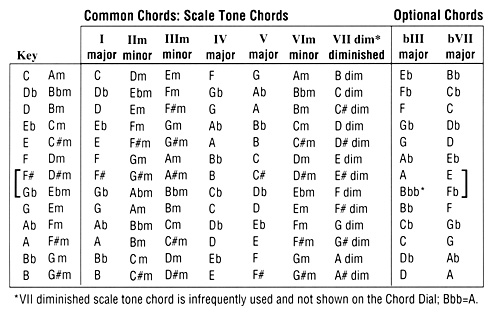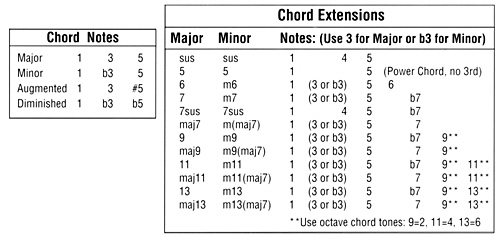An Overview of Basic Music Theory
What is Music Theory and Why is it Important?
Music Theory for Musicians: Understanding Melody, Harmony, and Form
All instruments including guitar music theory
Music theory is the study of the practices and possibilities of music. It helps musicians understand and analyze the building blocks of music, including melody, harmony, and form. It also provides a framework for understanding and communicating about music.
Music theory has a long history, dating back to ancient civilizations. In the Western tradition, music theory began to take shape in the Middle Ages, with the development of the system of musical notation and the creation of the first music theory treatises.
One of the fundamental concepts in music theory is pitch, which refers to the highness or lowness of a musical sound. Pitch is determined by the frequency of a sound wave, with higher frequencies producing higher pitches and lower frequencies producing lower pitches.
The Fundamentals of Music Theory: Pitch, Melody, Harmony, and Form
In Western music, pitches are organized into a system of octaves, with each octave containing a specific set of pitches. These pitches are organized into scales, which are collections of pitches that follow a specific pattern of whole and half steps.
The most common scale in Western music is the diatonic scale, which consists of eight pitches and is made up of five whole steps and two half steps. Other common scales include the chromatic scale, which contains all 12 pitches within an octave, and the pentatonic scale, which consists of five pitches.
In addition to pitch, music theory also deals with melody, which is a sequence of pitches played or sung in a particular order. Melody is an important aspect of music, as it is often what listeners remember most about a piece of music.
Harmony is another important aspect of music theory. It refers to the combination of pitches played or sung at the same time, creating a chord. Chords are created by stacking thirds on top of a root pitch, and can be major, minor, diminished, or augmented. Harmony is used to add depth and complexity to a piece of music and can help create a sense of tension and release.
Form is another important concept in music theory. It refers to the structure of a piece of music, including the repetition and variation of musical elements. Some common forms in Western music include binary form, ternary form, and sonata form.
Music Theory Concepts: Rhythm, Modes, and Scales
Music theory also deals with rhythm, which is the organization of time in music. Rhythm is created by dividing time into regular or irregular intervals, known as beats, and placing notes and rests within those intervals. Rhythm is an important aspect of music, as it helps to create a sense of forward momentum and contributes to the overall feel of a piece.
Music theory is a vast and complex subject, and there is much more to it than can be covered in a single article. However, understanding the basic concepts of pitch, melody, harmony, form, and rhythm is essential for any musician, as it helps to provide a foundation for further study and helps musicians communicate about and analyze music. Whether you are a beginner or an experienced musician, studying music theory can help deepen your understanding and appreciation of music.
Music Theory Applications: Analysis, Composition, and Performance
All songs are played in a key. Most songs for most styles can be played using only 8 chords for accompaniment and 6 scales for melodies or solos in each key. For example, Ron Greene’s Music Dials instantly show you the chords & scales you need in each key.
Common Chords and Scales
The 8 chords in each key you should know
The 6 common chords come from the major scale notes in each key and are called scale tone chords (I = do, IIm = re, IIIm = mi, IV = fa, V = so, VIm = la).
The 2 optional chords (bIII, bVII), commonly used for rock & blues, come from the flatted third and flatted seventh (notes of the major scale and can also be used to play songs in each key.)
Except for jazz, most songs use only major, minor, and seventh chords, and these are the basic chords you should learn in each key. Experiment with and have fun playing, creating, or improvising great-sounding chord progressions in each key.

Basic and Extended Chords
There are four chord types: major, minor, augmented, and diminished. There are many extensions of these chord types including; suspended, fifth, sixth, seventh, ninth, eleventh, and thirteenth chords. Chord formulas define which major scale notes are contained in the chord (1 = do, 2 = re,3 = mi, 4 = fa, 5 = so, 6 = la, 7 = ti). Below are the formulas for the 4 chord types and their extensions:

The 6 scales in each key you should know
The specific scale you use to play solo in each key depends on the type of sound you want to create. The 6 most commonly used scales include 2 for “melodic” sounding solos in major keys, 2 for “blues” sounding solos in major keys, and 2 for “minor” sounding solos in minor keys.
 Scale formulas define which major scale notes are contained in the scale (1 = do, 2 = re, 3 = mi, 4 = fa, 5 = so, 6 = la, 7 = ti).
Scale formulas define which major scale notes are contained in the scale (1 = do, 2 = re, 3 = mi, 4 = fa, 5 = so, 6 = la, 7 = ti).
The chart on the right shows the formulas for the 6 scales.
Music Theory Demystified
Music theory is a vast and complex subject, and there is much more to it than can be covered in a single article. However, understanding the basic concepts of pitch, melody, harmony, form, and rhythm is essential for any musician. It helps to provide a foundation for further study and helps musicians communicate about and analyze music. Whether you are a beginner or an experienced musician, studying music theory can help deepen your understanding and appreciation of music.


